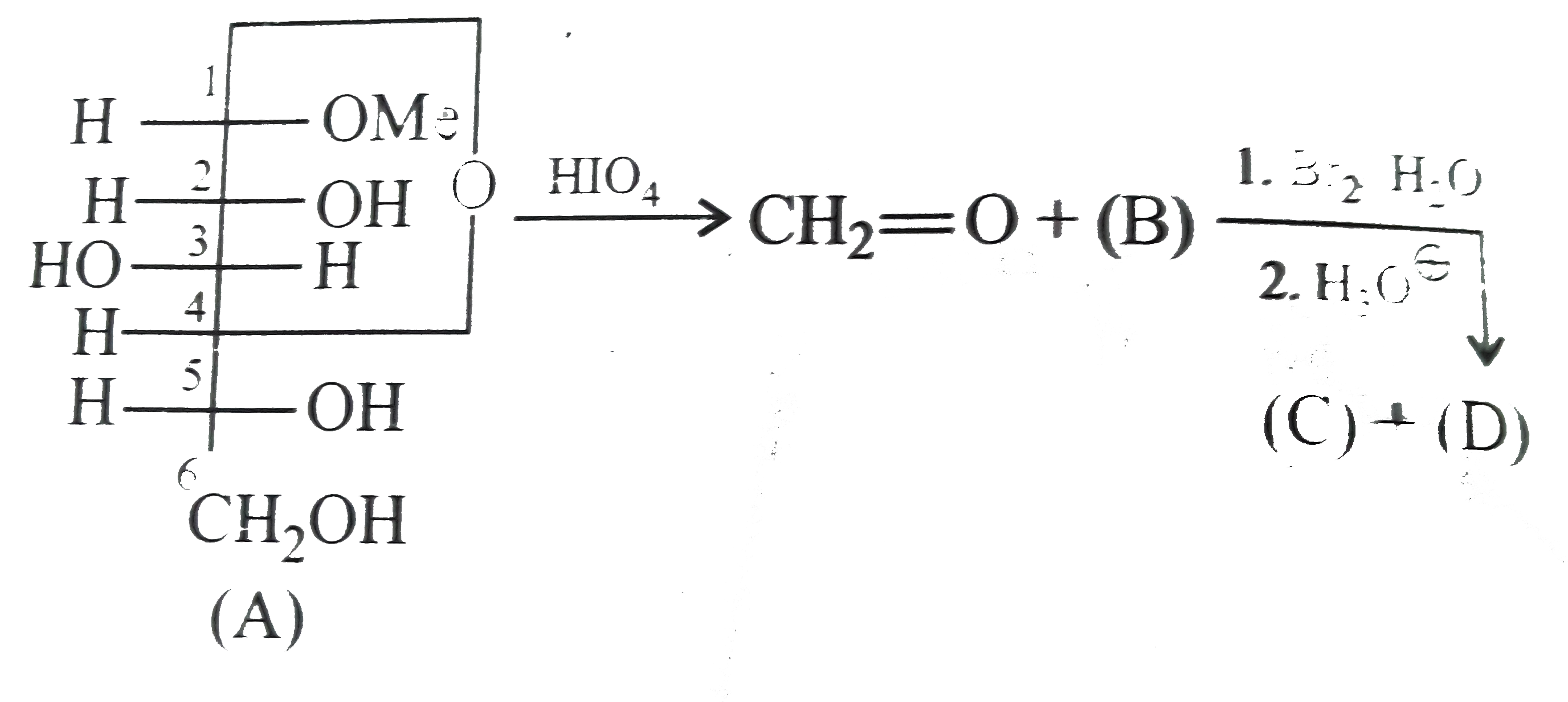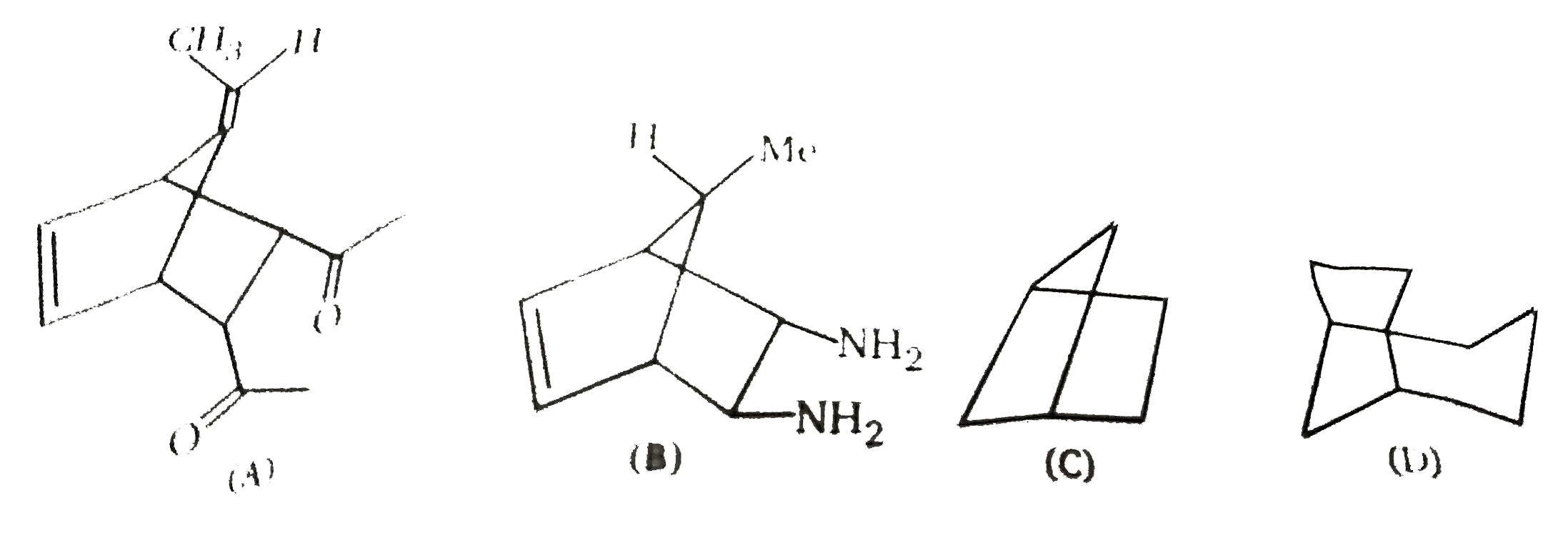
From the above compound (A), (B) ,(C) & (D) chirla compound is :
A
A
B
B
C
C
D
D
Video Solution
Text Solution
The correct Answer is:a
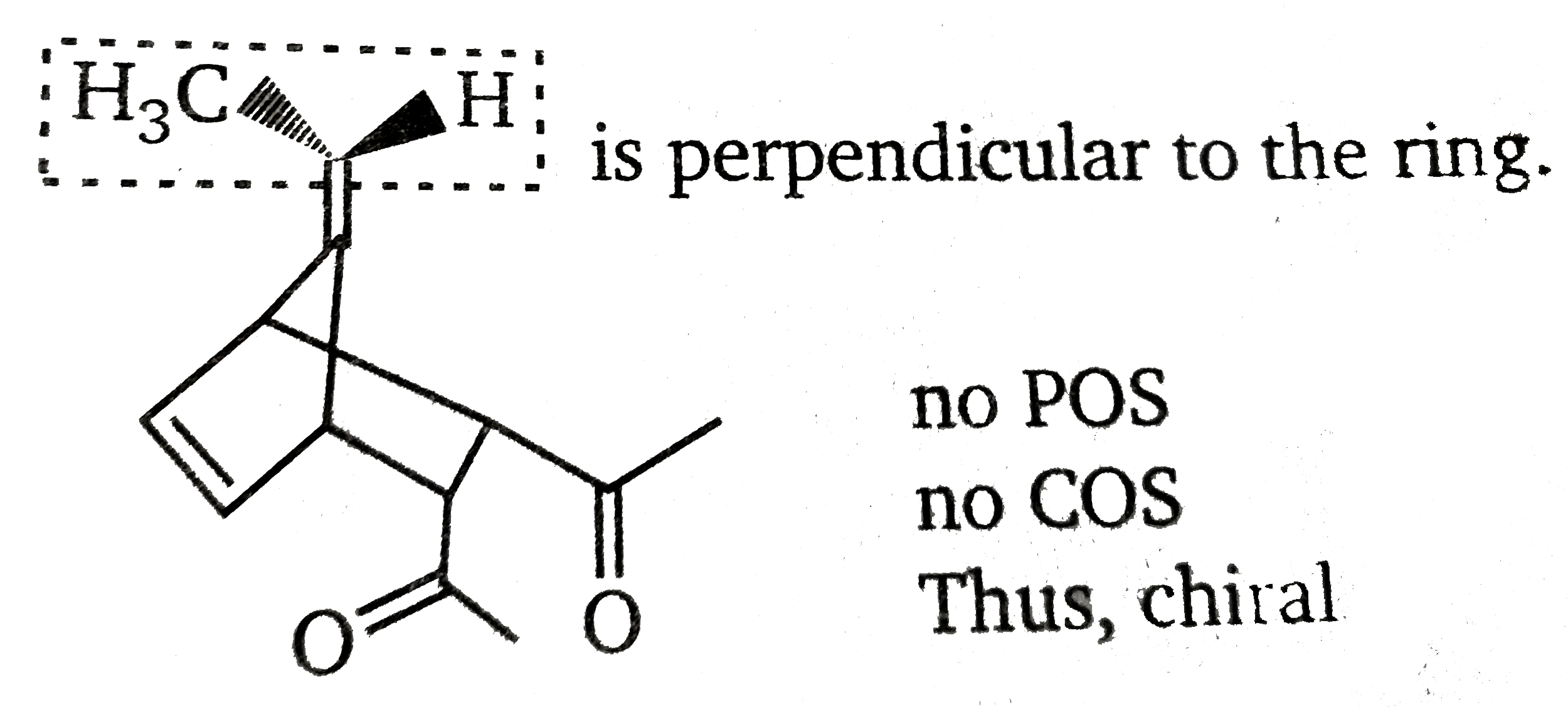
Plane of symmetry and centre of symmetry is not present in compound (A) ∴ it is chiral.
|
Updated on:21/07/2023
Topper's Solved these Questions
- BOOK - MS CHOUHANCHAPTER - ISOMERISM (STRUCTURAL & STEREOISOMERISM)EXERCISE - Level 1 (Q.1 To Q.30)13videos
ISOMERISM (STRUCTURAL & STEREOISOMERISM)
- BOOK - MS CHOUHANCHAPTER - ISOMERISM (STRUCTURAL & STEREOISOMERISM)EXERCISE - Level 1 (Q.31 To Q.60)9videos
ISOMERISM (STRUCTURAL & STEREOISOMERISM)
- BOOK - MS CHOUHANCHAPTER - GRIGNARD REAGENTSEXERCISE - Level 1 (Q.61 To Q.66)1videos
GRIGNARD REAGENTS
- BOOK - MS CHOUHANCHAPTER - NOMENCLATURE AND CONFORMATIONS OF ALKANES AND CYCLOALKANESEXERCISE - Additional Objective Questions (MCQ)1videos
NOMENCLATURE AND CONFORMATIONS OF ALKANES AND CYCLOALKANES
Similar Questions
Knowledge Check
- Question 1 - Select One
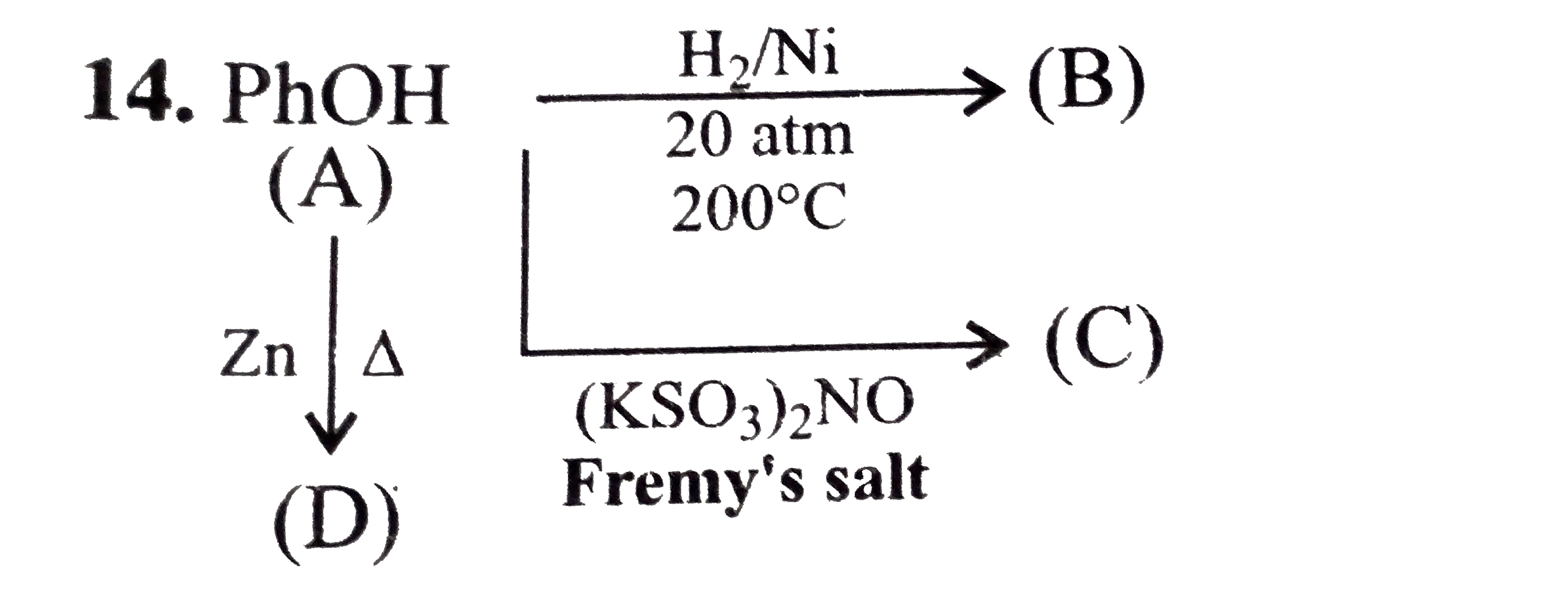
The compounds (B), (C ), (D), respectively are:ACyclohexanol, benzene, and p-quinoneBBenezene, cyclohexanol, and p-quinopneCp-Quinoue, cyclohexanol, and benezeneDCyclohexanol, p-quinone, and benzene - Question 2 - Select One
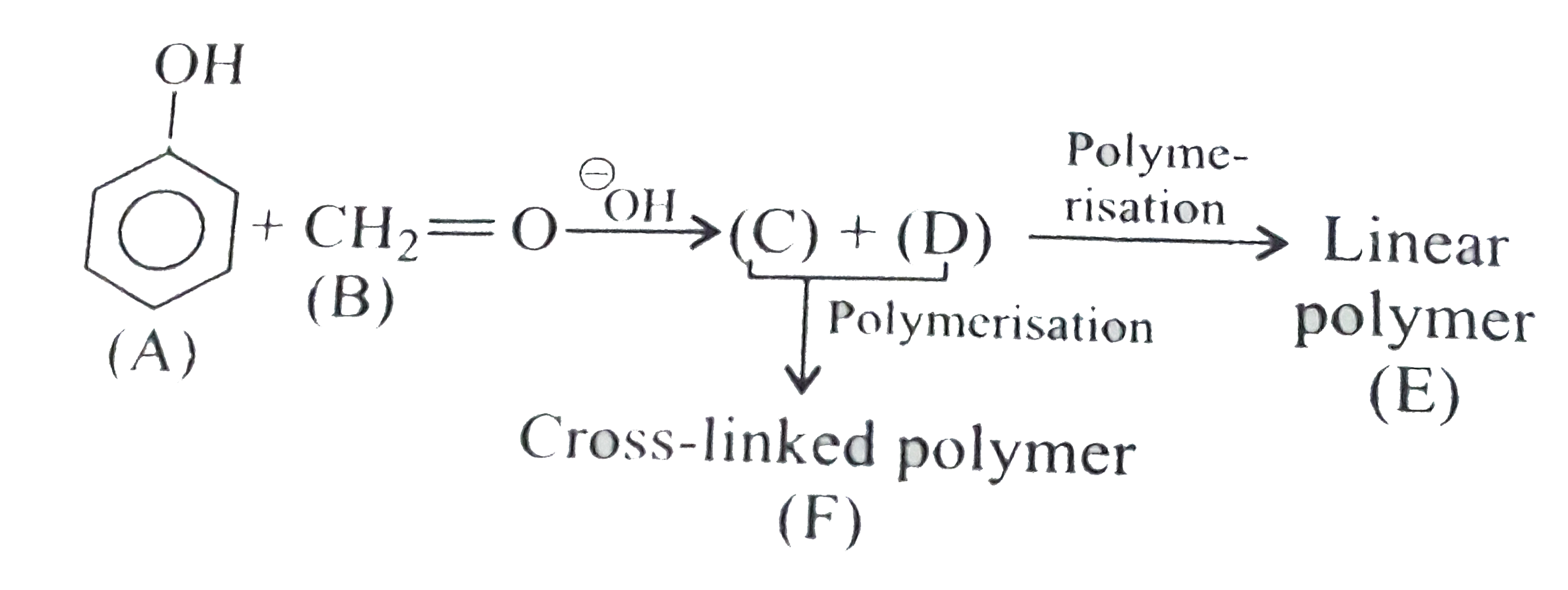
Compound (C ) and(D) are:A B
B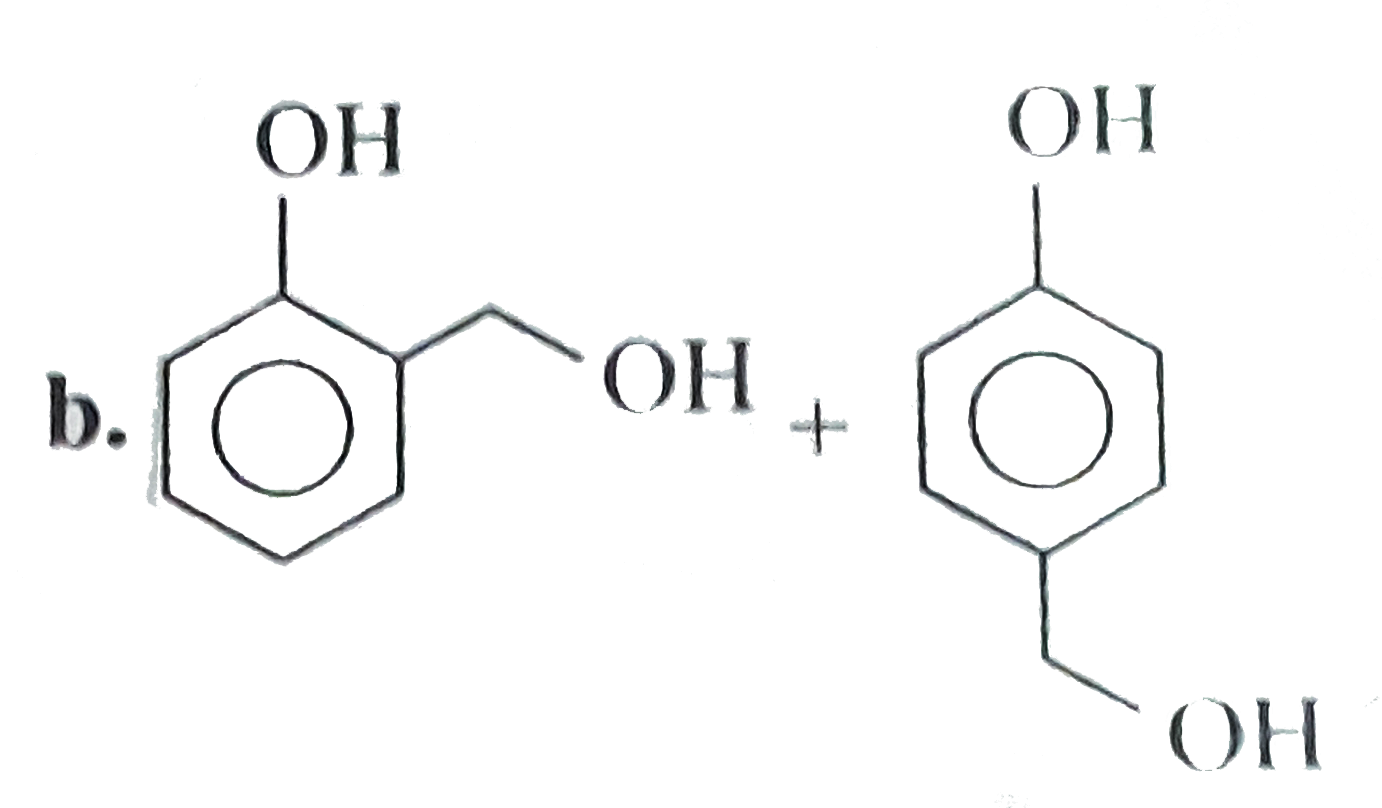 C
C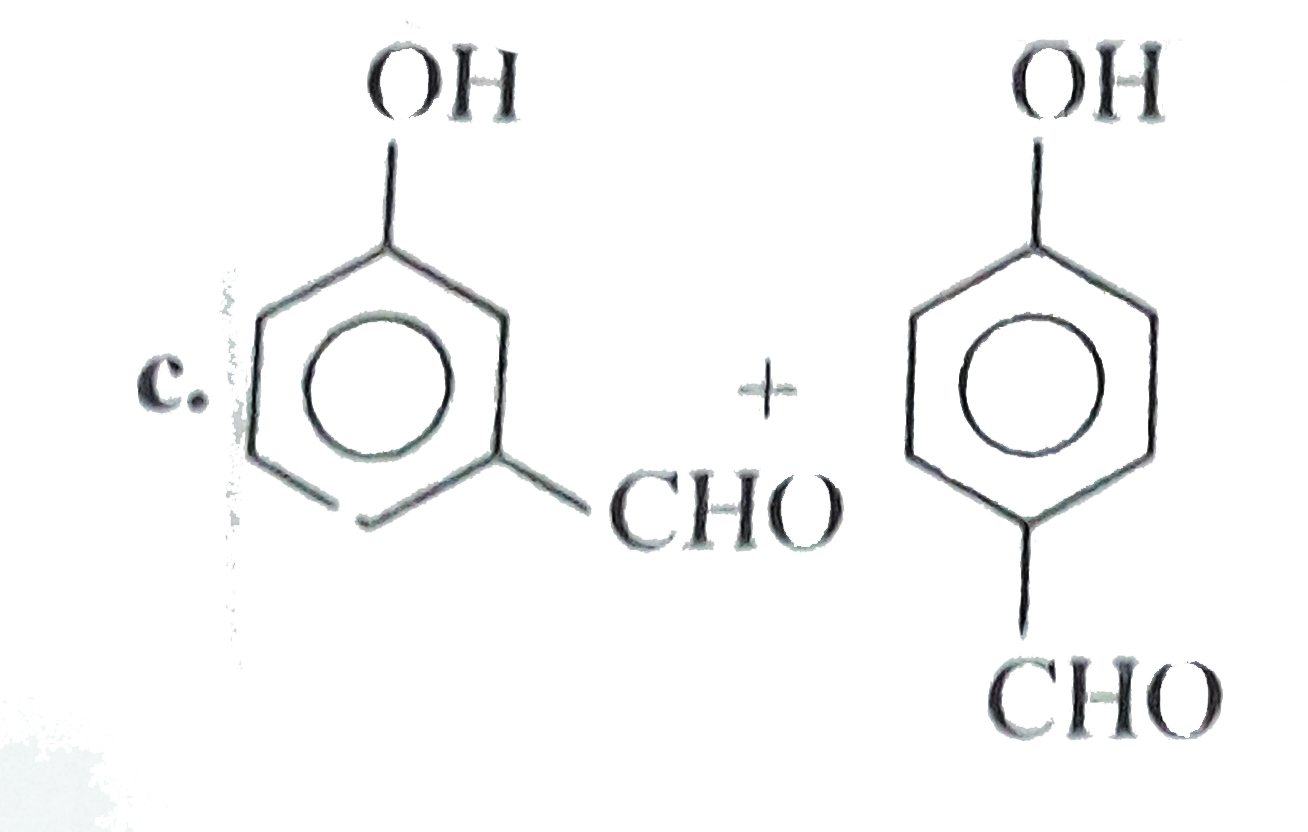 D
D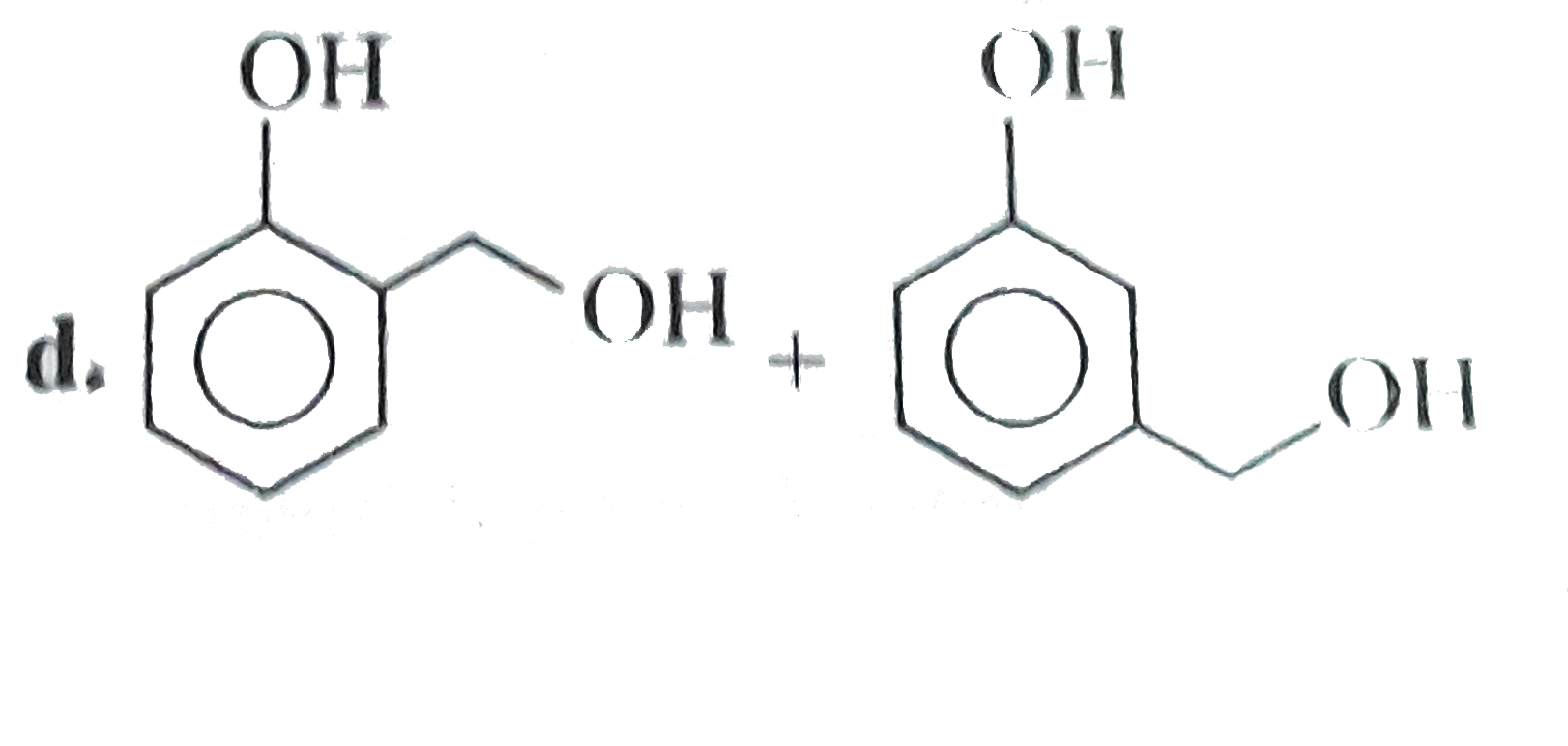
- Question 3 - Select One
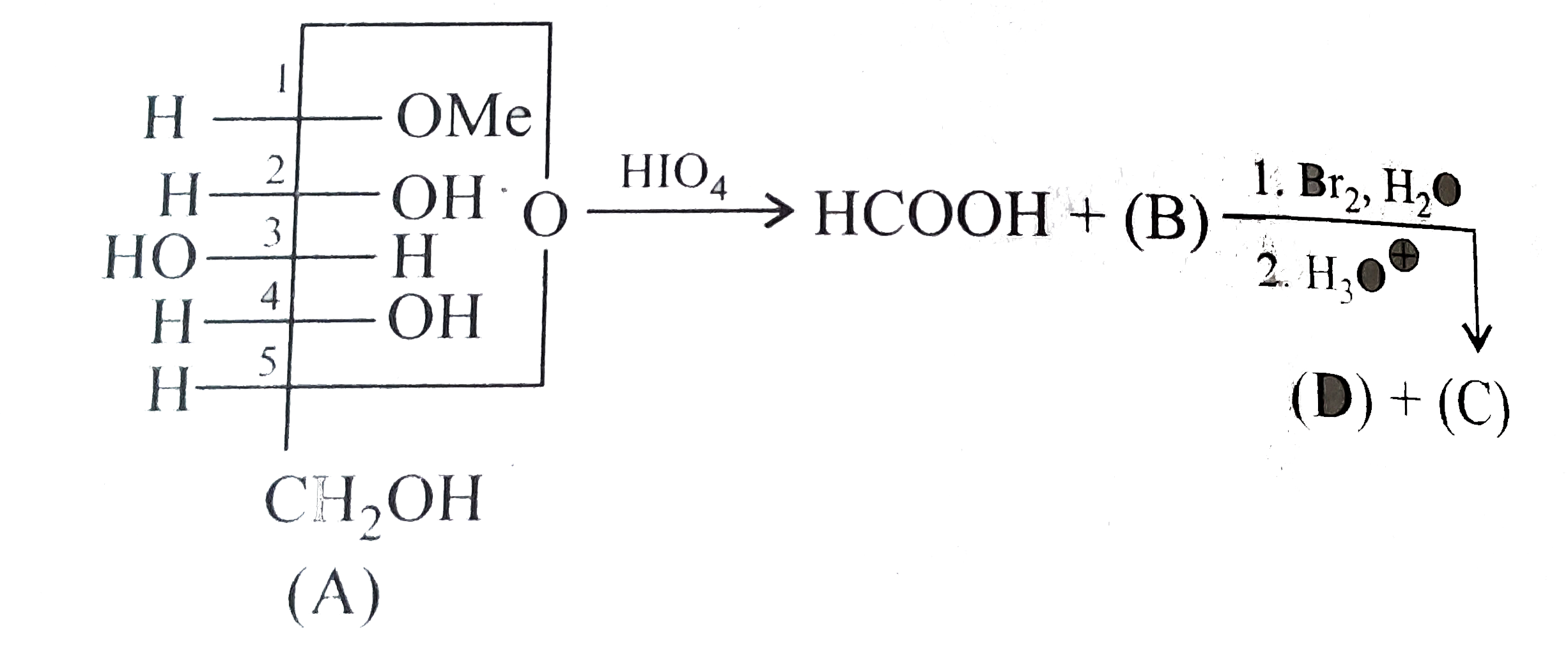
Compound (C) and (D) are:A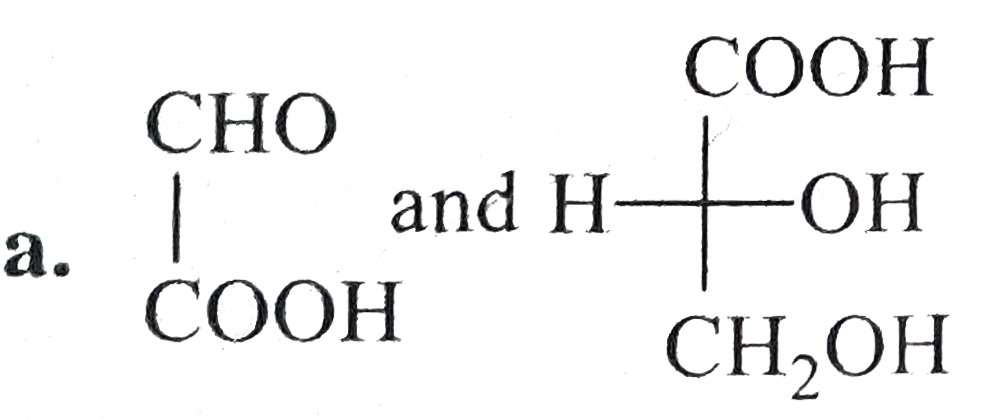 B
B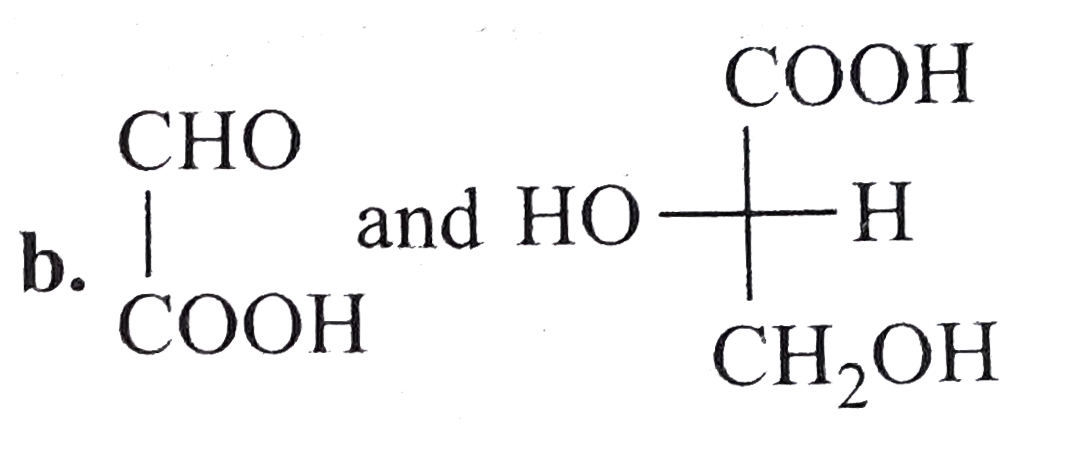 C
C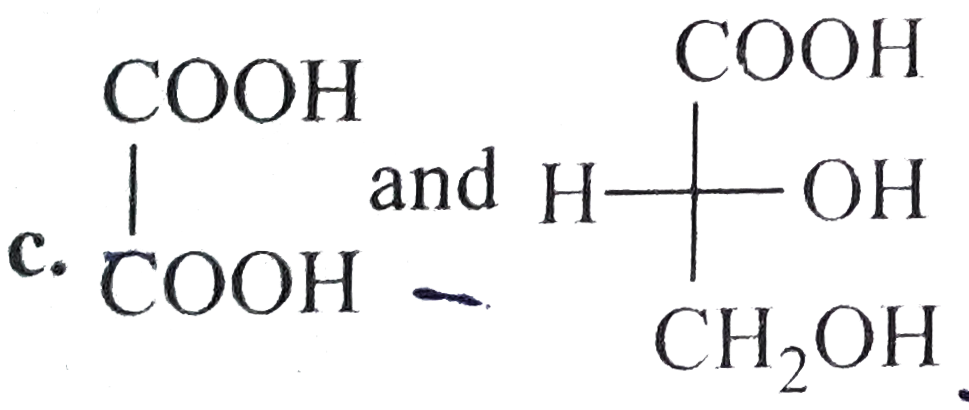 D
D
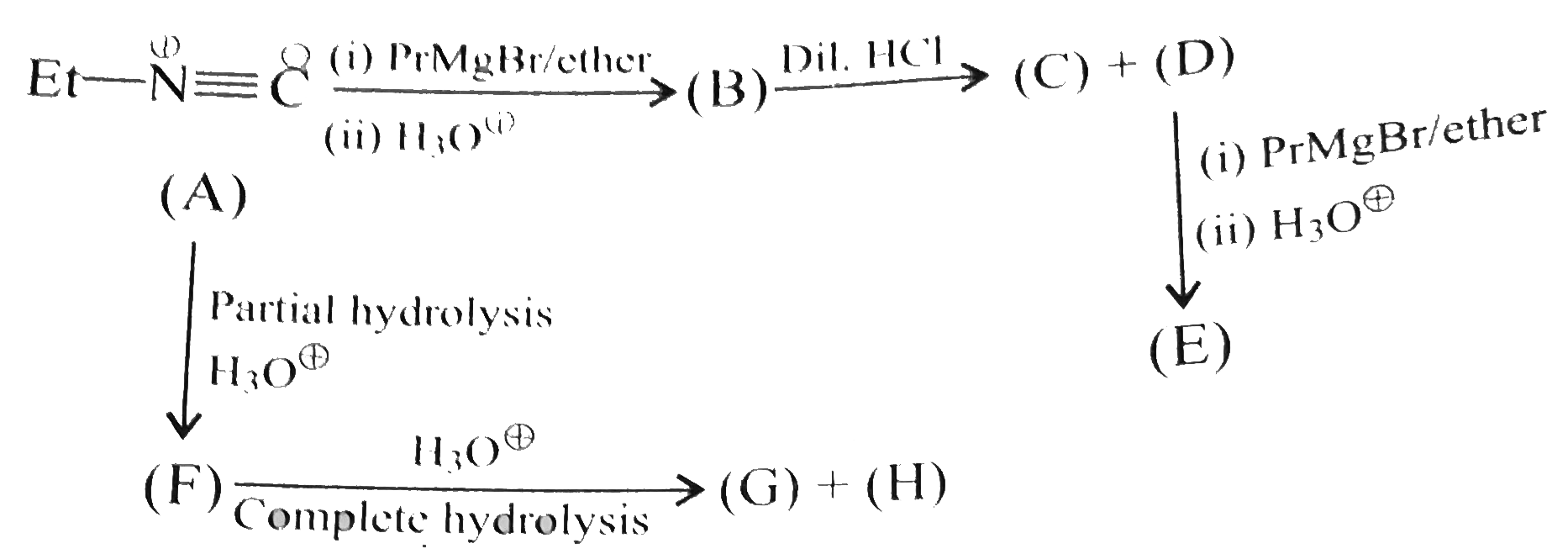
The compounds (C) and (D), respectively, are :View SolutionThe three compounds (A),(B),and (C) on hydrogenation with H2+Pd give (D),(E) and (F), respectively.
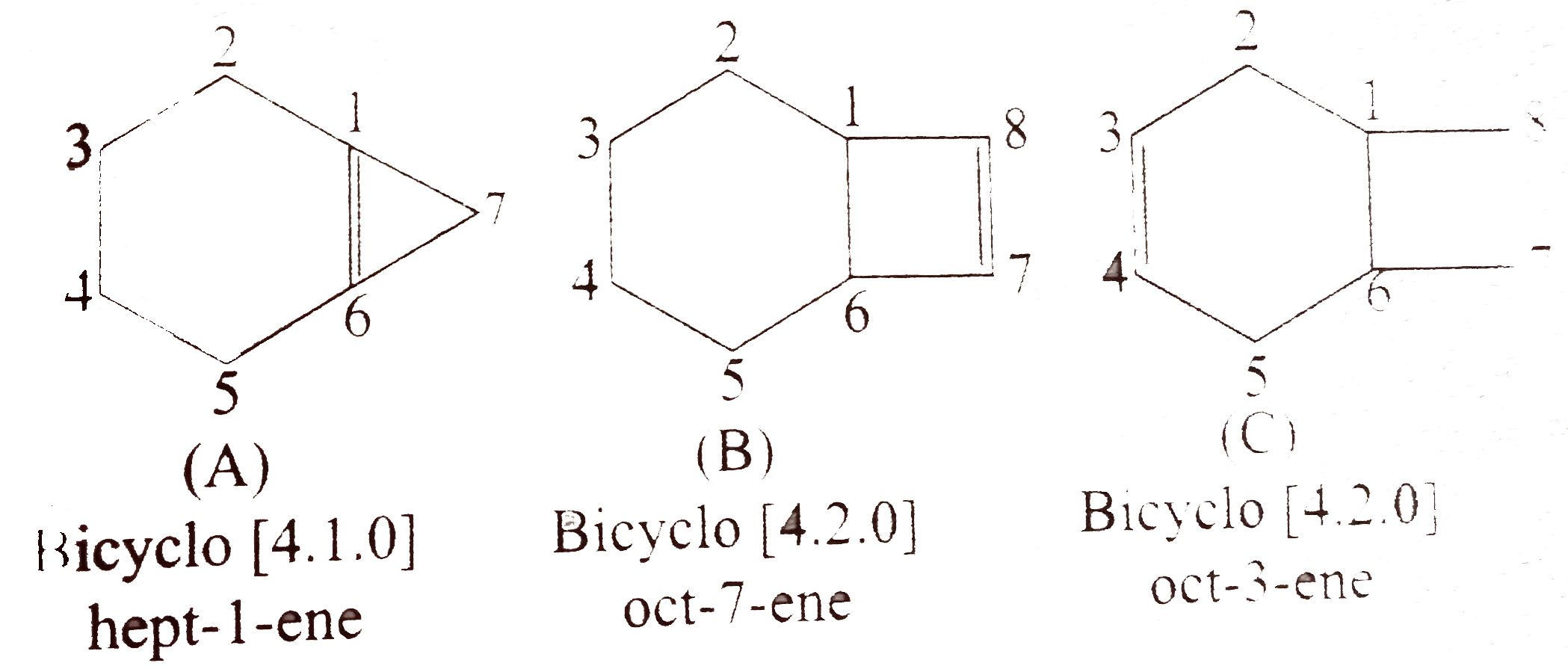
Compounds (D),(E) and (F) are :View Solution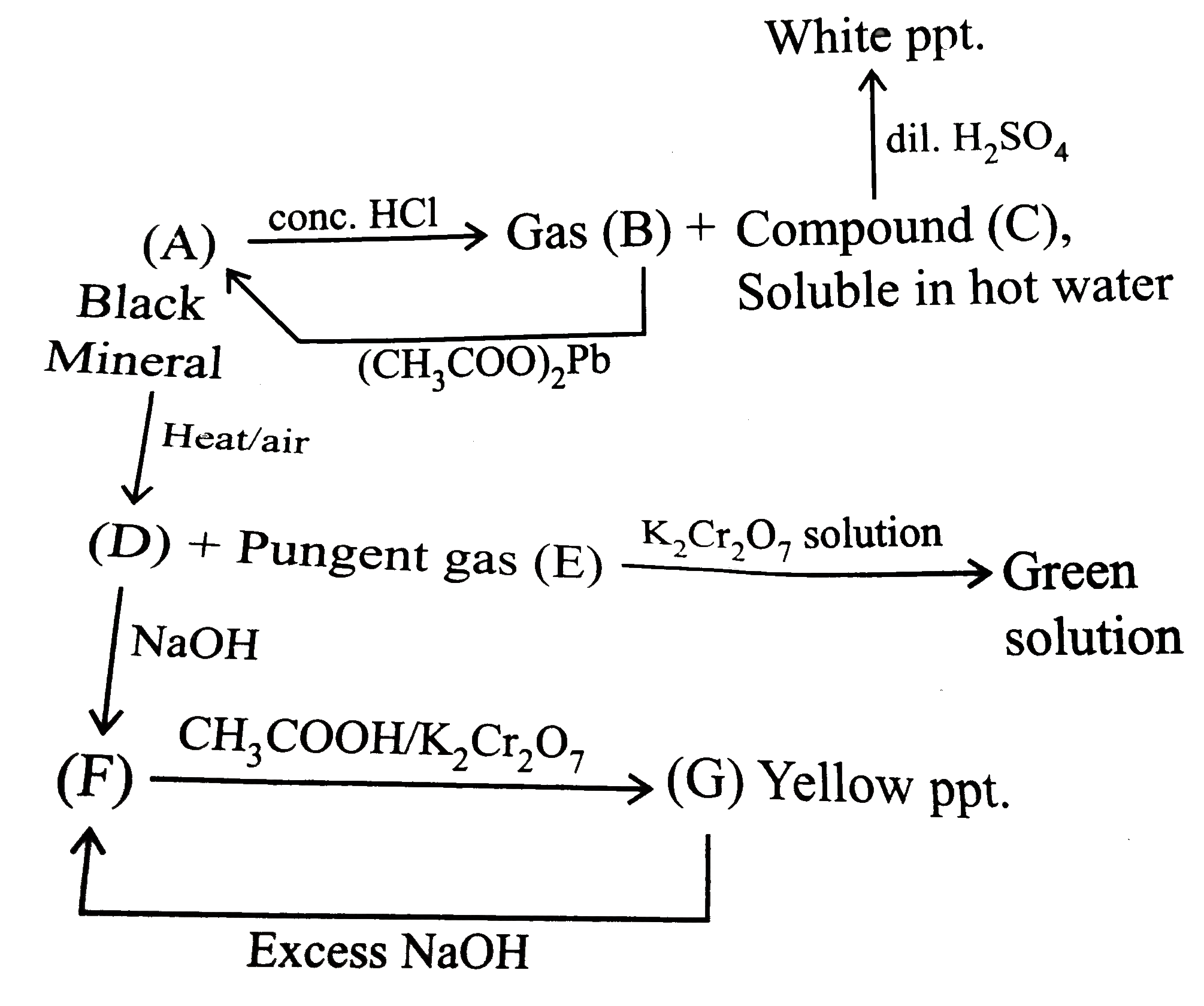
Compound (C ) and (D) rae respectivelyView Solution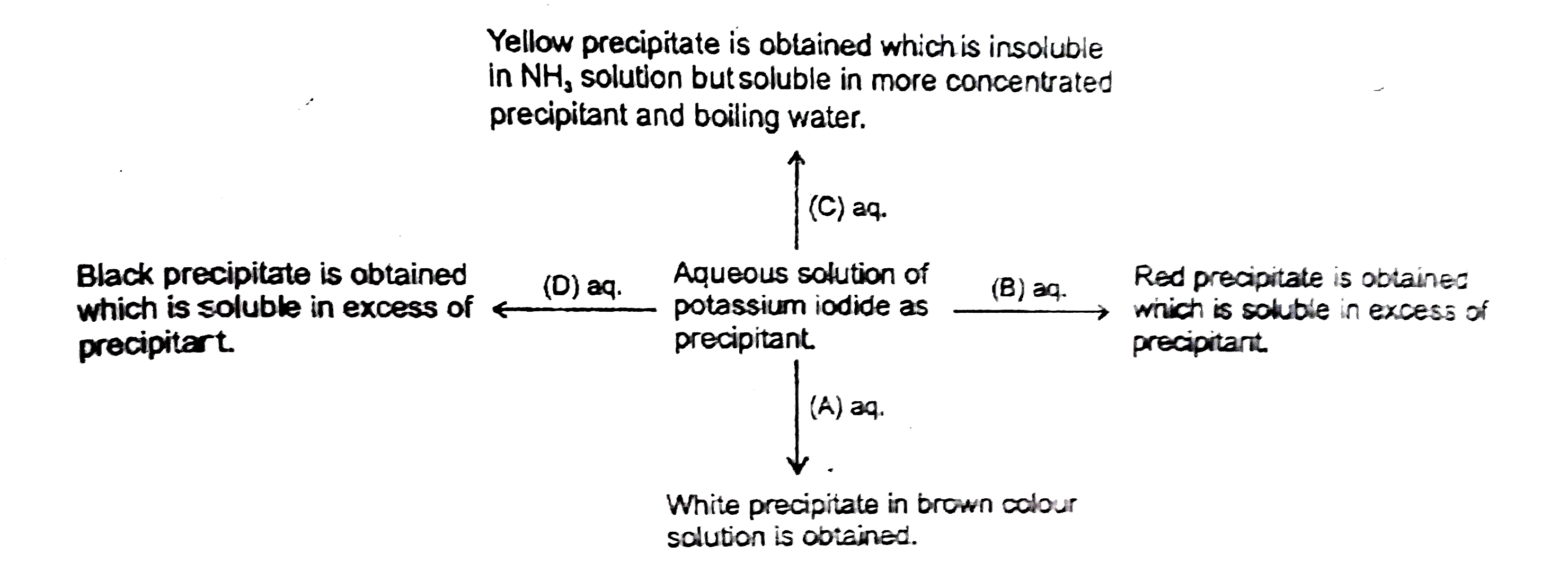
Compounds (C ) and (D) respectively are :View Solution
Compounds (C) and (D) can be distinguished by :View Solution


